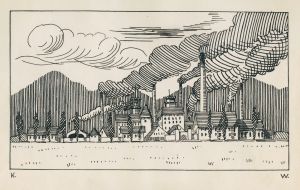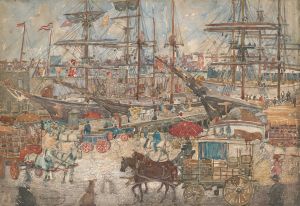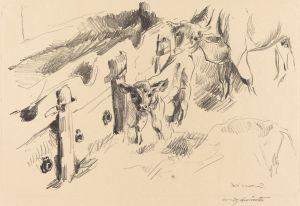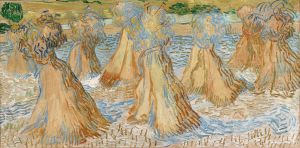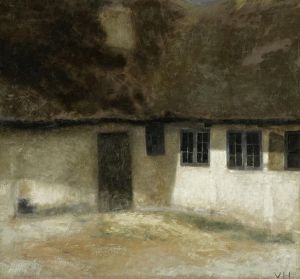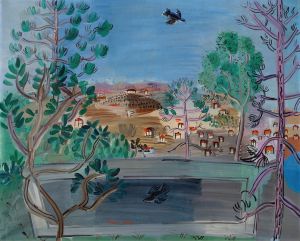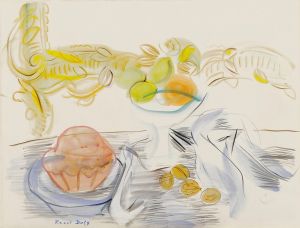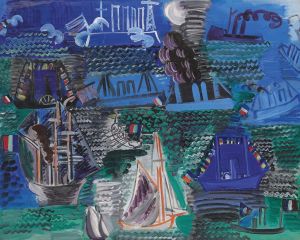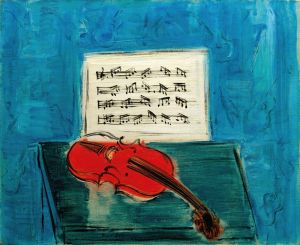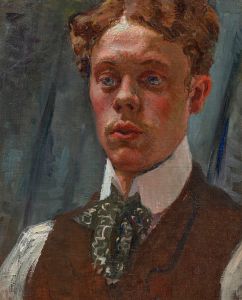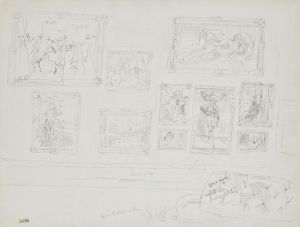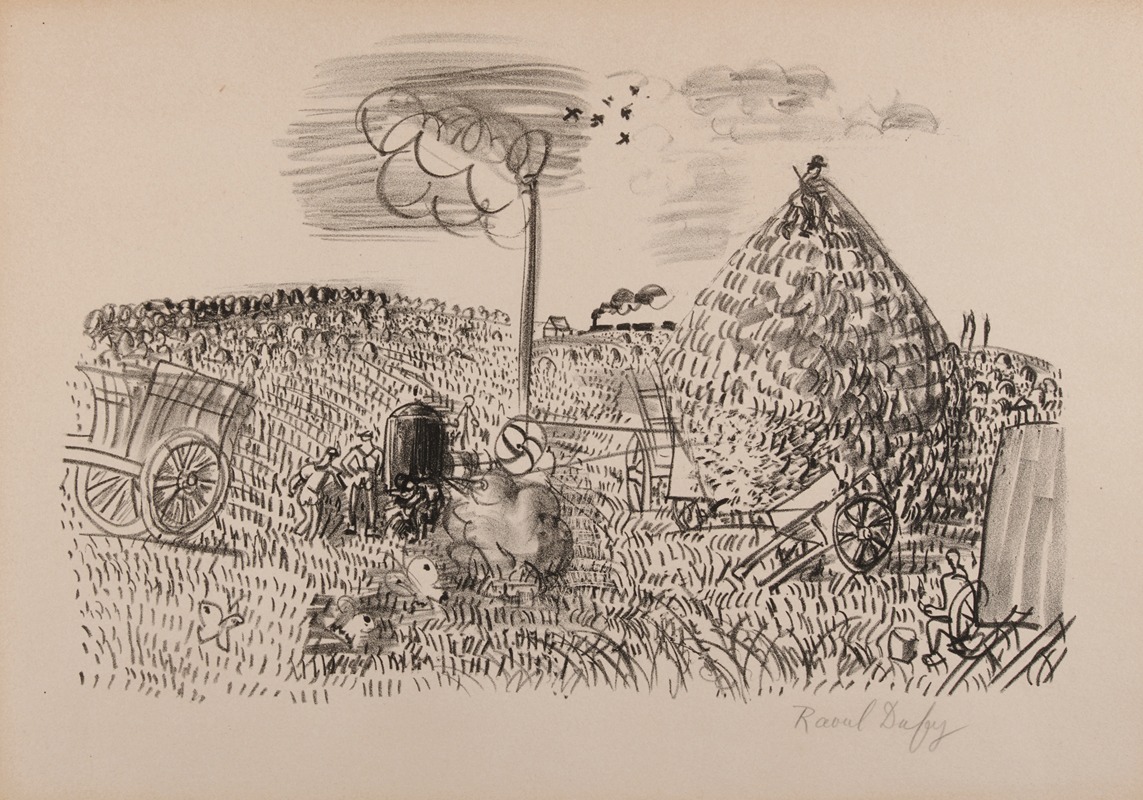
The Wheat Thresher
A hand-painted replica of Raoul Dufy’s masterpiece The Wheat Thresher, meticulously crafted by professional artists to capture the true essence of the original. Each piece is created with museum-quality canvas and rare mineral pigments, carefully painted by experienced artists with delicate brushstrokes and rich, layered colors to perfectly recreate the texture of the original artwork. Unlike machine-printed reproductions, this hand-painted version brings the painting to life, infused with the artist’s emotions and skill in every stroke. Whether for personal collection or home decoration, it instantly elevates the artistic atmosphere of any space.
Raoul Dufy (1877–1953) was a French Fauvist painter known for his colorful and decorative style, which often depicted leisure activities and landscapes. Among his many works, "The Wheat Thresher" is a notable painting that exemplifies his vibrant use of color and dynamic composition. However, specific information about "The Wheat Thresher" is limited, and it is not one of Dufy's most extensively documented works.
Dufy was born in Le Havre, France, and began his artistic education at the École des Beaux-Arts in Le Havre before moving to Paris to study at the École Nationale Supérieure des Beaux-Arts. His early work was influenced by the Impressionists, particularly Claude Monet, but he soon became associated with the Fauvist movement, which emphasized bold colors and brushwork over realistic representation.
Throughout his career, Dufy was inspired by the landscapes and activities of the French countryside, as well as the bustling life of cities like Paris. His work often captures the joy and vibrancy of everyday scenes, from regattas and horse races to orchestras and markets. Dufy's style is characterized by a sense of movement and a playful use of color, which he used to convey the atmosphere and emotion of his subjects.
"The Wheat Thresher" likely fits within this context, as Dufy frequently depicted agricultural and rural scenes, celebrating the harmony between humans and nature. His paintings often feature simplified forms and a flattened perspective, which contribute to their decorative quality. Dufy's use of color is particularly noteworthy; he often employed a bright, saturated palette to evoke a sense of liveliness and warmth.
In addition to painting, Dufy was also an accomplished textile designer, illustrator, and ceramicist. His work in these areas further demonstrates his interest in decorative arts and his ability to apply his artistic vision across different media. Dufy's contributions to the art world were recognized during his lifetime, and he exhibited widely in France and internationally.
Despite the lack of specific information about "The Wheat Thresher," it can be appreciated within the broader context of Dufy's oeuvre. His work continues to be celebrated for its joyful expression and innovative use of color, which have left a lasting impact on modern art. Dufy's paintings are held in numerous public and private collections worldwide, ensuring that his vibrant legacy endures.
For those interested in exploring Dufy's work further, visiting major art museums with collections of early 20th-century European art, such as the Musée d'Orsay in Paris or the Museum of Modern Art in New York, may provide opportunities to view his paintings and gain a deeper understanding of his artistic contributions.





